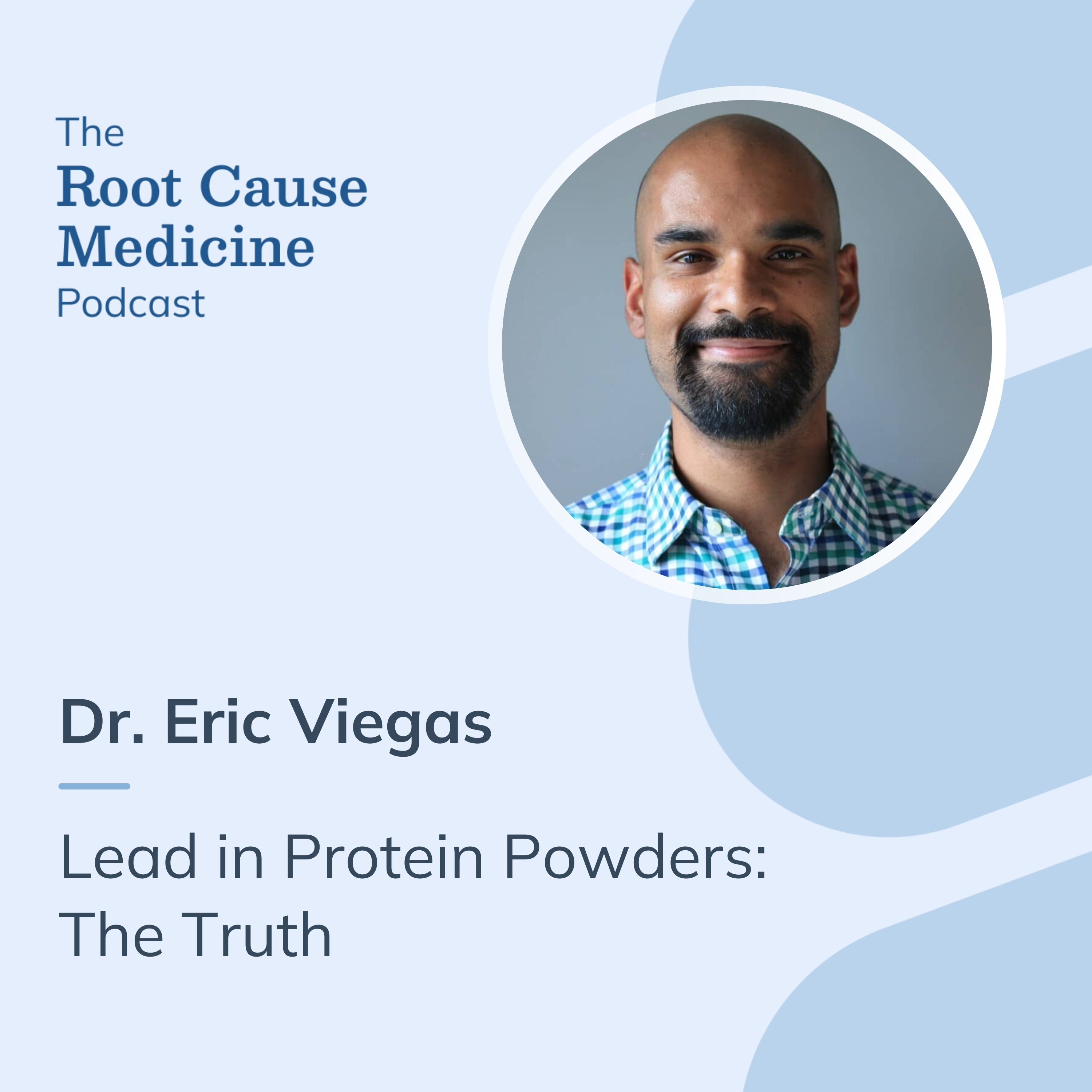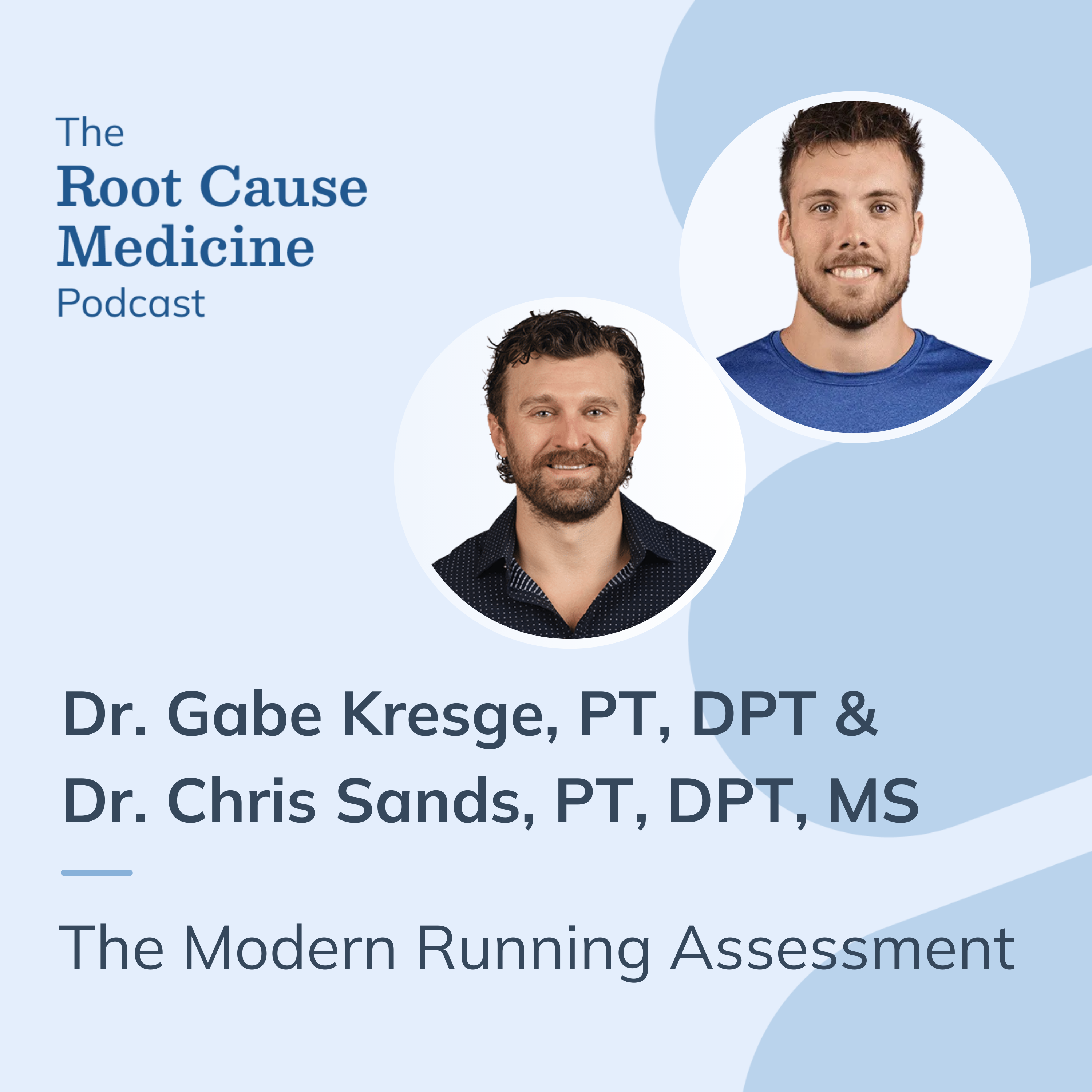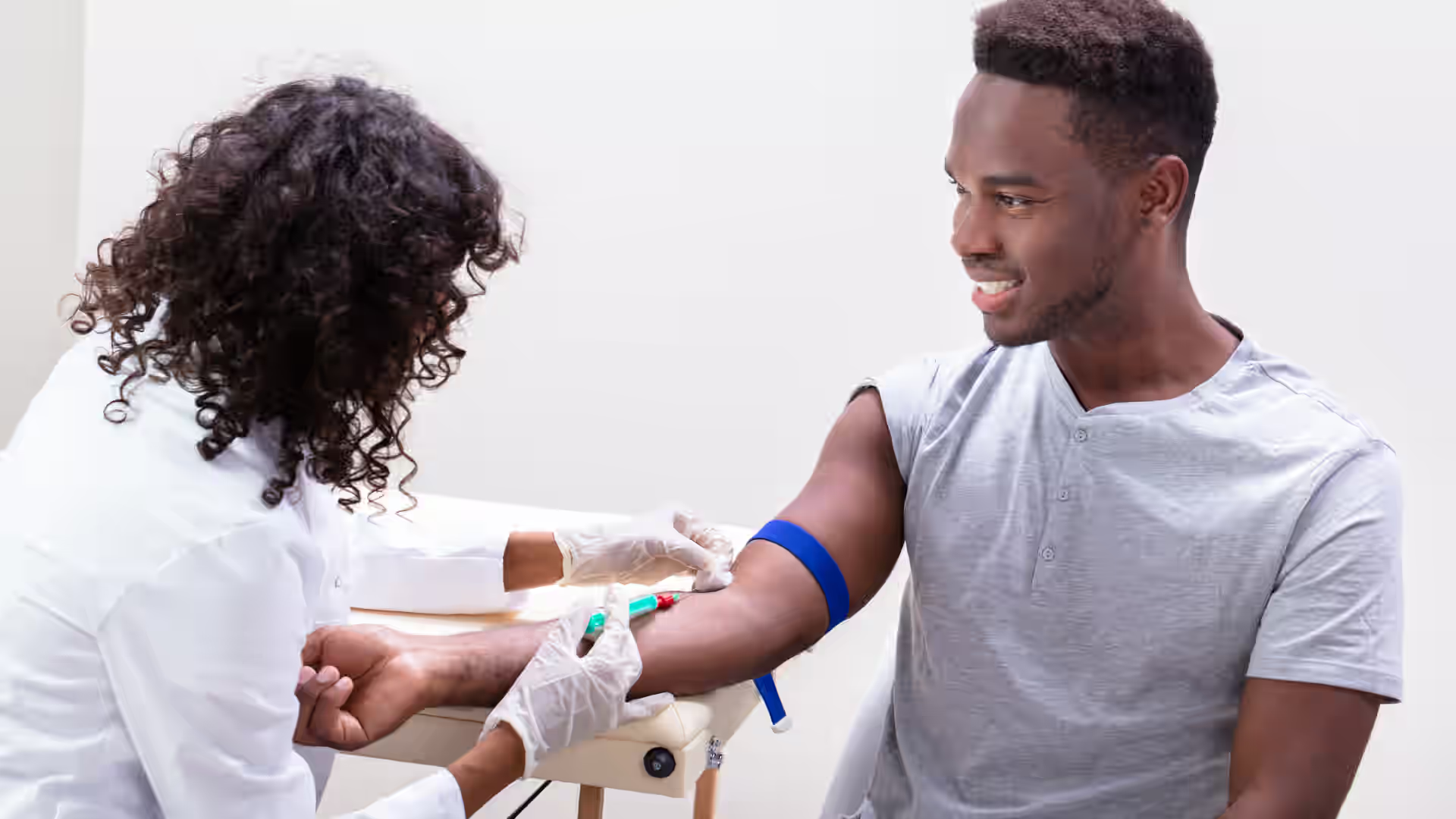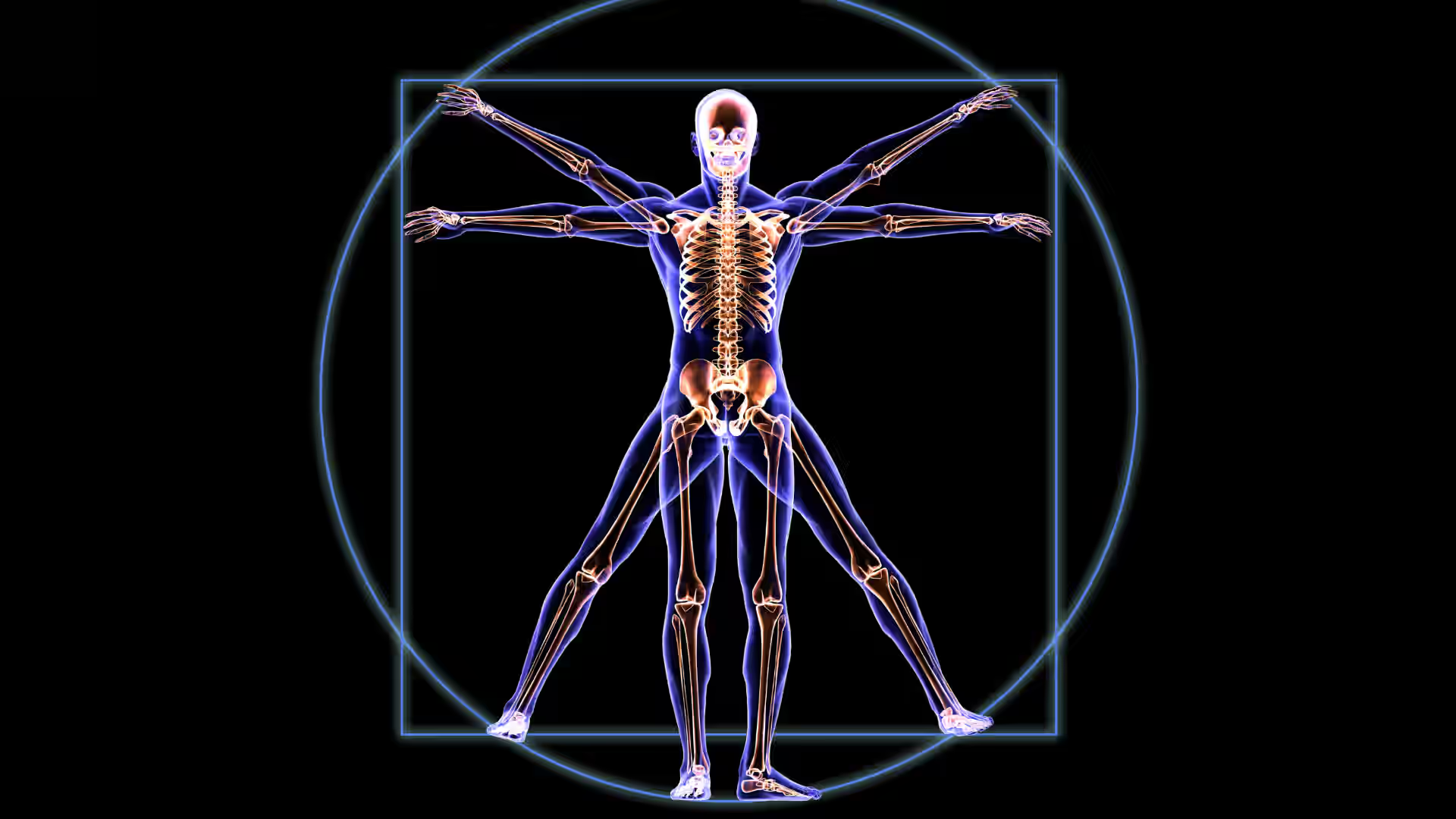Low back pain is a leading cause of disability worldwide, with more than 600 million people claiming disability solely due to back pain. In the United States, approximately one-third of adults reported chronic back pain, and 80% of the population reported having back pain at some time during their lives.
One of the primary causes of chronic back pain is spinal stenosis, which occurs when spinal nerves are compressed due to narrowing of the passageways through which the nerves travel.
With such a high prevalence, it should come as no surprise that research into treatments and therapies for spinal stenosis is a rapidly changing and growing field. This article dives into the causes of spinal stenosis, the current therapies, and emerging treatments for this issue.
[signup]
Understanding Spinal Stenosis
The word stenosis means narrowing of a bodily passageway that restricts flow through that area. The etiology of stenosis can be vascular, aortic, or, as in this article, spinal stenosis that restricts nerve transmission in the spine.
Categories
There are three categories of spinal stenosis based on the spinal section involved: lumbar, thoracic, and cervical spinal stenosis.
Types
There are generally two main types of spinal stenosis, classified based on where the narrowing and nerve compression occur.
Foraminal stenosis affects the openings (foramina) where nerve roots exit the spinal column, and central stenosis involves narrowing of the central spinal canal that houses the spinal cord. Each type can lead to different symptoms depending on which nerves are affected.
Severity
Stenosis can be graded on severity, ranging from zero to three, with three being the most severe.
For example, a patient may have cervical foraminal stenosis, with a severity of 0 to 2.
Spinal stenosis is most commonly acquired from systemic illnesses such as rheumatoid arthritis, injuries to the spine from sports or accidents, changes from aging, osteoarthritis, herniated spinal disks, and congenital issues.
The narrowing of the nerve channel results in nerves being compressed, and their signals becoming stunted or erratic.
Patients with spinal stenosis typically present with systemic pain, numbness, and tingling in the extremities, muscular weakness, significant back pain, and difficulty walking or controlling the bladder and bowels.
Traditional Treatment Approaches
Current treatments for spinal stenosis include non-surgical and surgical approaches. Non-surgical treatments include physical therapy, lifestyle modifications, and medications.
Physical Therapy
Physical therapy traditionally focuses on strengthening the spinal muscles and increasing the range of motion. Treatment includes exercise, walking, ultrasound, movements to help stretch the spine, decompression therapy, and manual manipulation of the spine. Each round of physical therapy usually lasts six weeks, with patients being seen twice weekly.
Lifestyle modifications
Lifestyle modifications include:
- Low-impact activities such as swimming, cycling, and walking.
- Core strengthening exercises can support the spine, thus lessening the impact of stenosis.
- Regular stretching increases mobility, reduces stiffness, and helps decompress pinched areas.
- Maintaining a healthy weight decreases strain on the spine.
- Proper posture and ergonomics to reduce pressure on the spinal disks and reduce strain.
- Smoking cessation, as cigarette smoke in particular, has been shown to weaken bones.
- Acupuncture may promote innate healing.
Surgical Techniques
There are two conventional surgical techniques to treat spinal stenosis: a laminectomy or a spinal fusion.
Laminectomy
In a laminectomy, a surgeon removes the lamina (a bony arch on the vertebrae) in an effort to relieve nerve compression by removing the overgrown area of bone. Laminectomy is generally effective in treating spinal stenosis, with success rates ranging from 60% to 90%.
However, there are potentially significant complications with laminectomies, as the surgery involves cutting bone near the spinal cord. Complications can include nerve damage, persistent pain, and spinal instability.
Spinal Fusion
Spinal fusion is a surgery where two or more vertebrae in the spine are permanently joined together using metal plates and screws, typically to relieve pain or correct a structural deformity. Because the spinal sections are fused, there is a risk of the adjacent spinal areas taking on additional weight and stress, leading to increased risks for degeneration.
Other potential complications for spinal fusion include instability with pain, nerve damage, blood clots, limitations to spinal mobility, and an increased risk of spinal fractures at the screw locations.
Advancements in Non-Surgical Treatments
There is increasing research in non-surgical treatments for spinal stenosis. These areas include:
- Prolotherapy, which is a procedure that involves injecting an irritant into painful joints, ligaments, or tendons to stimulate the body's natural inflammatory response. This could potentially lead to tissue repair and growth. However, there are conflicting results regarding prolotherapy’s effectiveness in spinal stenosis, and additional studies are needed.
- Stem cell therapy, particularly mesenchymal stem cells (MSCs), is potentially a minimally invasive treatment for spinal stenosis and other spinal nerve issues.
- Advanced physical therapy techniques, such as teaching proper spinal posture and exercise, can be used not only to manage the pain of spinal stenosis but to limit the need for more invasive therapies such as surgery.
Cutting-Edge Surgical Innovations
As surgical techniques and technology advance, there may be more options for the surgical patient than the traditional surgeries listed earlier, though these surgeries still require more research.
Minimally invasive decompression surgeries using endoscopic equipment, microscopic decompression, and laser-assisted surgical tools are becoming more common.
Some newer stabilization systems do not require full fusion of the vertebrae. For example, interspinous spacers, small devices are inserted between vertebrae to lessen compressions, have lower risks for surgical complications.
Dynamic stabilization devices, designed to reduce compression while allowing more natural movement than spinal fusion, are less invasive than fusion surgeries and have been associated with similar outcomes and less surgical blood loss.
As with any surgery, patients and their medical teams should thoroughly discuss options and outcomes to determine the best course of action.
Lifestyle and Complementary Therapies
Lifestyle modifications, including diet and exercise, may significantly affect overall back health and spinal longevity. Examples include:
- Exercise and physical activity, especially stretching and light movement, can strengthen and support back health and relieve early symptoms before they become problematic.
- Nutritional guidelines and proper supplementation can maintain healthy bones and joints, including the spine. Eating foods with antioxidant and anti-inflammatory qualities may help manage chronic pain by supporting the body's natural processes.
- Mind-body techniques for pain management can be a powerful tool in a patient's hands, allowing them to control pain and discomfort without the need for invasive therapies.
- Ergonomic tools and spine-friendly workplaces can assist patients in creating an overall healthy back environment.
Frequently Asked Questions (FAQs)
What is the most effective new treatment for spinal stenosis?
Laminectomy surgeries are still considered the gold standard for stenosis treatment. However, new treatments are constantly emerging and should be discussed with a surgeon.
How long is the recovery time for new minimally invasive surgeries?
The typical recovery period is 6-12 months. However, many factors affect recovery time, including pre-surgical health, age, weight, and more.
Can new treatments completely cure spinal stenosis?
Not currently, although research is underway.
Are there any risks associated with the newest spinal stenosis treatments?
All therapies, especially surgeries, carry risks. Before deciding on a treatment or surgery, all risks should be discussed with a healthcare professional.
[signup]
Key Takeaways
- Spinal stenosis is a leading cause of chronic back pain, affecting millions globally. It results from the narrowing of spinal passageways, compressing nerves and causing pain, numbness, weakness, and mobility issues.
- The condition can be categorized by spinal location (cervical, thoracic, lumbar) and type of nerve compression (foraminal or central). Severity is graded from 0 to 3, with 3 being the most serious.
- Conventional treatments include physical therapy, lifestyle changes, and surgery. Non-surgical care focuses on spinal strengthening, mobility, core stability, weight management, posture, and smoking cessation.
- Laminectomy and spinal fusion are common surgical treatments. While often effective, they carry risks such as nerve damage, instability, loss of motion, and the need for future surgeries.
- Newer non-surgical options such as prolotherapy, stem cell therapy, and advanced physical therapy techniques show promise but require further study to confirm their effectiveness.
- Minimally invasive surgeries like endoscopic decompression and laser-assisted procedures are becoming more popular due to shorter recovery times and fewer complications.
- Innovative surgical implants, such as interspinous spacers and dynamic stabilization devices, aim to preserve spinal motion while relieving compression, offering alternatives to spinal fusion.
- Lifestyle and complementary therapies, including anti-inflammatory diets, ergonomic workspaces, mind-body pain techniques, and regular stretching, are key in long-term spine health and symptom prevention.












%201.svg)







